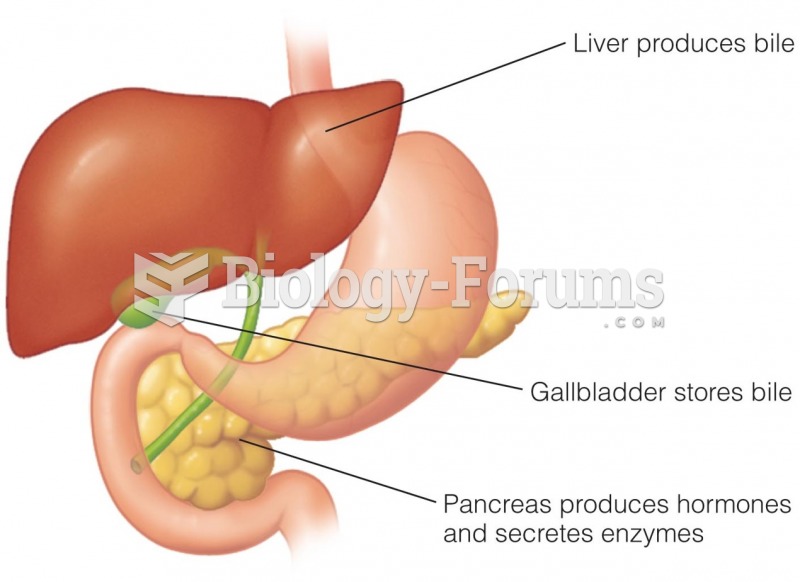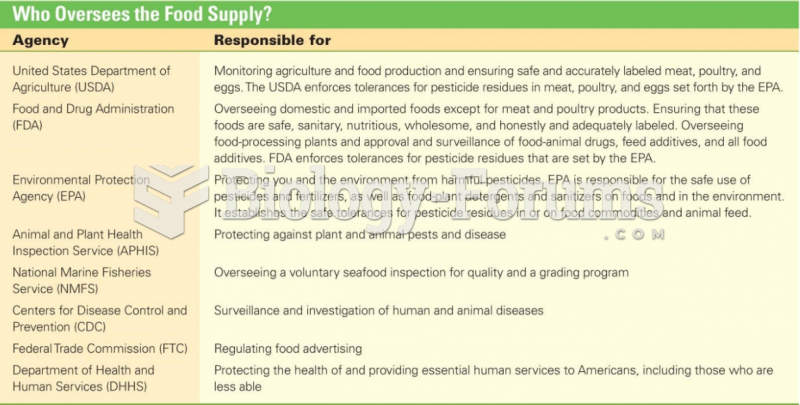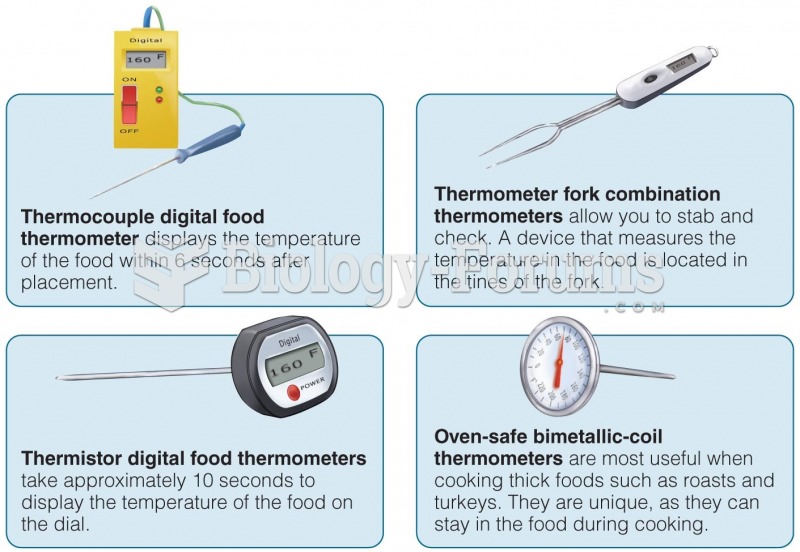|
|
|
Did you know?
The FDA recognizes 118 routes of administration.
Did you know?
Patients who have been on total parenteral nutrition for more than a few days may need to have foods gradually reintroduced to give the digestive tract time to start working again.
Did you know?
An identified risk factor for osteoporosis is the intake of excessive amounts of vitamin A. Dietary intake of approximately double the recommended daily amount of vitamin A, by women, has been shown to reduce bone mineral density and increase the chances for hip fractures compared with women who consumed the recommended daily amount (or less) of vitamin A.
Did you know?
There are 20 feet of blood vessels in each square inch of human skin.
Did you know?
There are 60,000 miles of blood vessels in every adult human.







